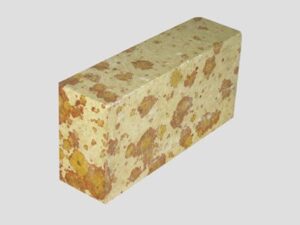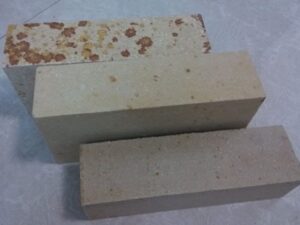Description
Superduty Firebricks: The Unsung Heroes of High-Temperature Applications
In the realm of extreme heat and relentless thermal stress, ordinary materials buckle and fail. This is where Superduty Firebricks step in, the unsung heroes of high-temperature applications. These robust, engineered materials are designed to withstand the most brutal conditions, providing essential structural integrity and thermal resistance in a variety of industries.
So, what exactly are Superduty Firebricks and what makes them so special?
Understanding Superduty Firebricks:
Superduty firebricks are refractory bricks, meaning they are specifically formulated to resist degradation at high temperatures. They are typically composed of a blend of fire clay, a type of clay with a high alumina content, and other carefully selected minerals. The specific composition and manufacturing process determine the brick’s properties, including its heat resistance, strength, and resistance to specific chemical attacks.
The “Superduty” designation indicates that these firebricks meet specific industry standards for performance, particularly their load-bearing capacity at high temperatures. This means they can maintain their structural integrity while supporting significant weight under extreme heat.
Key Properties and Benefits:
Superduty Firebricks boast a range of impressive properties that make them indispensable in demanding environments:
- Exceptional Heat Resistance: They can withstand prolonged exposure to temperatures exceeding 2900°F (1600°C) without significant deformation or degradation.
- High Load-Bearing Capacity: Their ability to support heavy loads at high temperatures is a critical factor in their widespread use.
- Thermal Stability: They resist thermal shock, meaning they can withstand rapid temperature changes without cracking or spalling.
- Chemical Resistance: Depending on their specific composition, they can be resistant to acids, alkalis, and other corrosive substances.
- Durability: They are designed to withstand the wear and tear of harsh industrial environments, offering a long service life.
Applications Across Industries:
The unique properties of Superduty Firebricks make them essential components in a wide range of industries:
- Metallurgy: Lining furnaces, ladles, and kilns used in the production and processing of metals.
- Ceramics: Constructing kilns for firing pottery, tiles, and other ceramic products.
- Cement Production: Lining rotary kilns used to produce clinker, the primary component of cement.
- Power Generation: Lining boilers and incinerators in power plants.
- Chemical Processing: Constructing reactors and furnaces in chemical plants.
- Glass Manufacturing: Lining glass melting furnaces.
- Food Processing: Lining ovens and furnaces used in the baking and processing of food.
Choosing the Right Superduty Firebrick:
Selecting the appropriate Superduty Firebrick for a specific application requires careful consideration of several factors:
- Operating Temperature: The maximum temperature the brick will be exposed to.
- Load Requirements: The weight the brick will need to support.
- Chemical Environment: The presence of potentially corrosive substances.
- Thermal Cycling: The frequency and severity of temperature changes.
- Abrasion Resistance: The level of abrasion the brick will be subjected to.
Consulting with a refractory specialist is highly recommended to ensure the correct type of Superduty Firebrick is selected for optimal performance and longevity.
In Conclusion:
Superduty Firebricks are more than just bricks; they are engineered materials that play a crucial role in a multitude of industries. Their ability to withstand extreme heat, support heavy loads, and resist chemical attack makes them an invaluable component in processes that demand the highest levels of thermal resistance and structural integrity. While often unseen and overlooked, Superduty Firebricks are truly the unsung heroes that enable countless industries to operate safely and efficiently at the extremes. So, the next time you encounter a high-temperature application, remember the crucial role played by these robust and reliable materials.

















Reviews
There are no reviews yet.